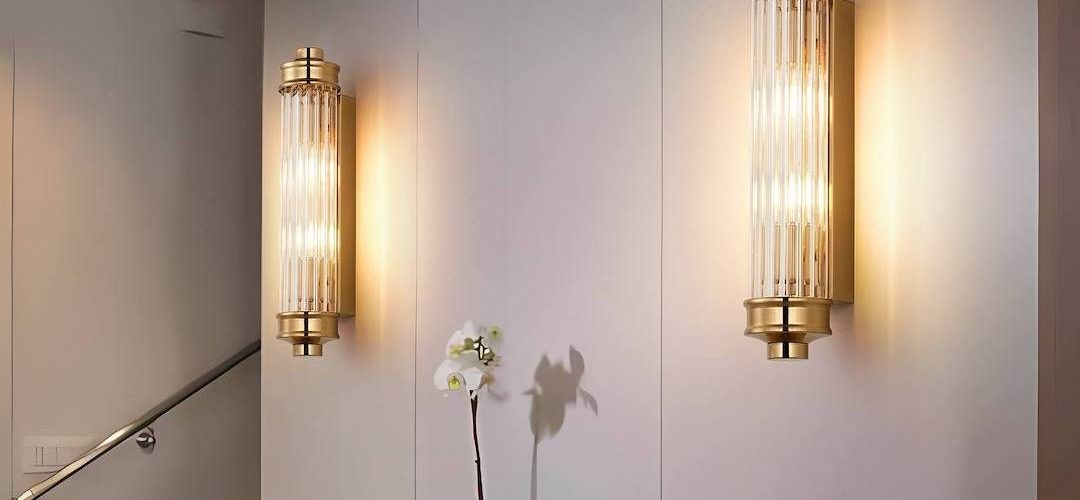
Tatami Lamps: Illuminating Traditional Japanese Style
Introduction to Tatami Lamps
Tatami lamps are traditional Japanese lamps that are used to light up Japanese-style rooms that feature tatami mats. These lamps are designed to compliment the traditional Japanese aesthetics and are popular accessories for modern Japanese homes. Tatami lamps come in a variety of styles and sizes, and they are often used to highlight the beauty of other traditional Japanese arts, such as ikebana (the Japanese art of flower arrangement), calligraphy and tea ceremony.
Origins of Tatami Lamps
The tatami lamps have a rich history that dates back to ancient Japanese times. According to historical records, these lamps were first used in the 7th century during the Asuka period of Japanese history. Back then, they were made of bamboo and paper or silk, and their original purpose was to illuminate the interiors of Japanese-style buildings, such as shrines, temples, and palaces.
Over time, tatami lamps evolved, and various designs emerged. During the Edo period (1603-1868), tatami lamps started to be used in everyday households, and people began experimenting with various materials, including ceramics, metal, and glass. In the modern era, tatami lamps have become popular worldwide and are used to light up Japanese and non-Japanese homes alike.
Types of Tatami Lamps
There are various types of tatami lamps available, each with its unique design, style, and material. Some of the common types are:
Andon Lamps
Andon lamps are traditional Japanese lamps that are made of washi paper or silk and bamboo frames. These lamps were invented during the Edo period (1603-1868) and were designed to carry around the house. Andon lamps come in a variety of shapes and sizes, including table lamps, floor lamps, hanging lamps, and lanterns.






